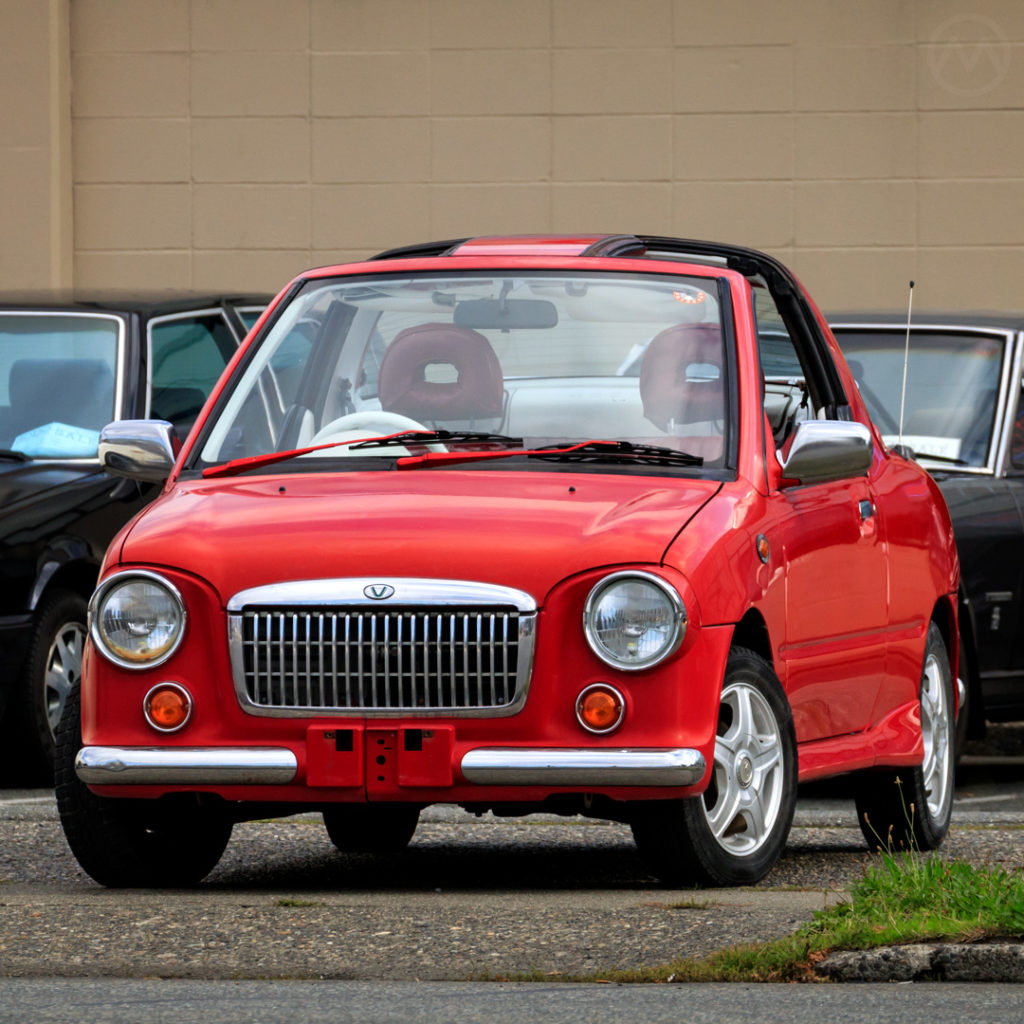


FAMOUS JDM CARS CODE
The Model Code designates the vehicle's model number and features.
FAMOUS JDM CARS SERIAL NUMBER
For example, Frame Number SV30-0169266 breaks down as "SV30" identifying the model as Toyota Camry/Vista and "0169266" being the serial number of the vehicle. The Frame Number identifies the vehicles model and serial number. Instead, they use either a Frame Number, Chassis Number, or Vehicle ID Number and also a Model Code as well as an Emissions Code to identify their vehicles. Japanese carmakers do not use a vehicle identification number as is common overseas. over 750cc: allowed, but restricted to 100 hp.Power restrictions were as follows Pre-1993 Motorcycle power and speed restrictions įor many years Japan had severe restrictions on the maximum power and speed that motorcycles could have.Īll motorcycles for the Japanese domestic market were restricted to 112 mph (180 km/h). 1 Motorcycle power and speed restrictions.The horsepower limit was lifted in 2004 but the speed limit of 180 km/h (111.8 mph) remains. In 1988, JDM cars were limited by voluntary self-restraints among manufacturers to 280 horsepower (PS) (276 hp) and a top speed of 180 km/h (111.8 mph), limits imposed by the Japan Automobile Manufacturers Association ( JAMA) for safety. VCM was successfully introduced to the Accord V6 in its redesign for 2008. However, the 2003 Honda Accord V6, which was the same basic vehicle, primarily intended for the North American market, did not feature VCM, which had a poor reputation after Cadillac's attempt in the 1980s with the V8-6-4 engine. For instance, the 2003 Honda Inspire featured the first application of Honda's Variable Cylinder Management. The Japanese car owner looks more toward innovation than long-term ownership which forces Japanese carmakers to refine new technologies and designs first in domestic vehicles. Japanese domestic market vehicles may differ greatly from the cars that Japanese manufacturers build for export and vehicles derived from the same platforms built in other countries. According to the Fédération Internationale de l'Automobile, a car in Japan travels a yearly average of over only 9,300 kilometers (5,800 miles), less than half the U.S. JDM market cars when compared to the United States market where vehicle owners are now owning vehicles for a longer period of time, with the average age of the American vehicle fleet at 10.8 years, Japanese owners contend with a strict motor vehicle inspection and gray markets. Only a vehicle made to be sold in Japan is considered JDM. There is a common misconception that any Japanese branded car is JDM however, this is not true. Japanese Domestic Market ( JDM) refers to Japan's home market for vehicles and vehicle parts. There are many others and in this quiz, we will test your knowledge of both their names and their makers.Fender mirror of Toyota Celsior (UCF20 JDM) That's just one type of vehicle you will find in the Japanese domestic car market. This is one class of car that is mostly found only in Japan. One thing you can be sure of, they are never boring.


In fact, the Kei cars, as they are known today, continue to thrive. That doesn't mean the small city class car disappeared. Japanese cars started out small but soon, larger models were not only appearing on the streets of the country but were also being exported. As with most things in Japan, they certainly made a massive success of it. Many of these companies had helped with the war effort and now turned their attention toward peacetime activities. The auto industry in Japan rose out of the ashes of a nation heavily defeated in World War II. Since the late 1950s, car makers such as Toyota, Subaru, Nissan, and Mazda have produced some amazing models.


 0 kommentar(er)
0 kommentar(er)
